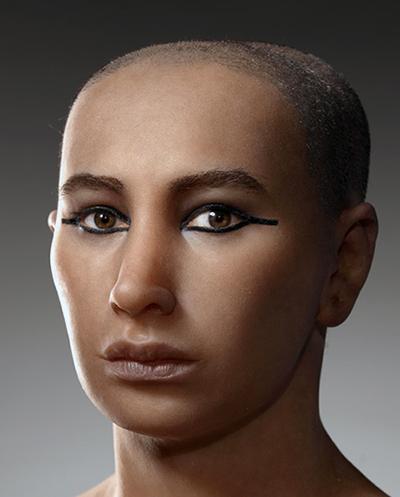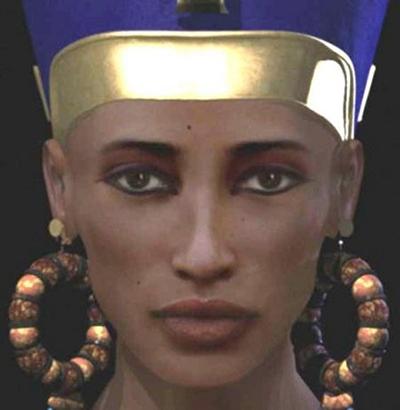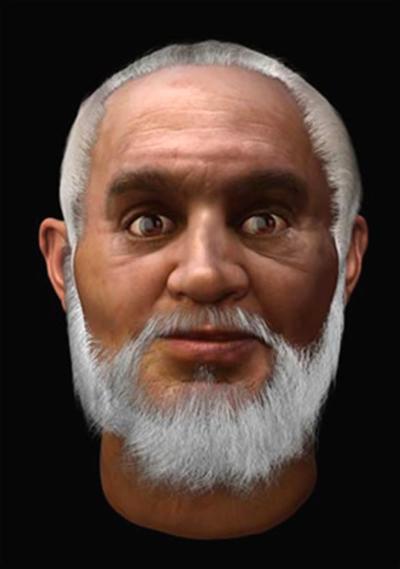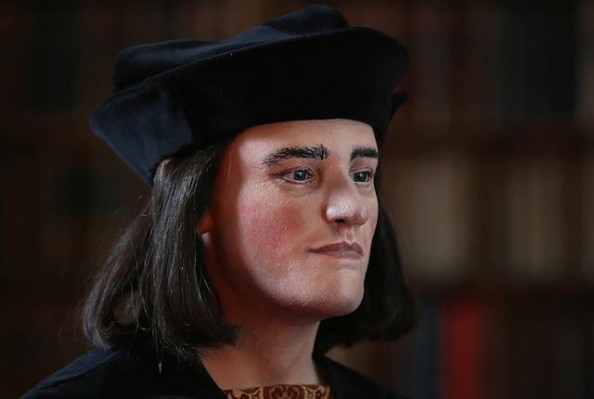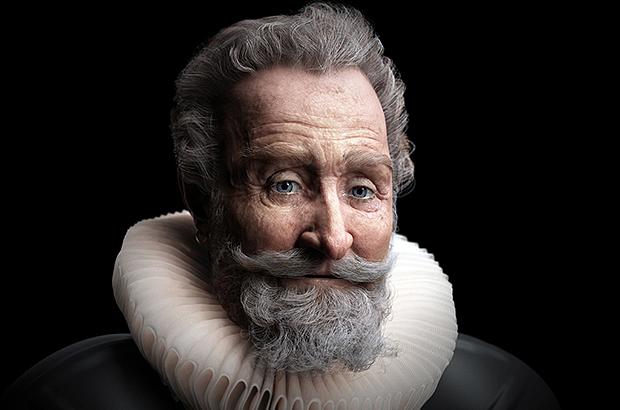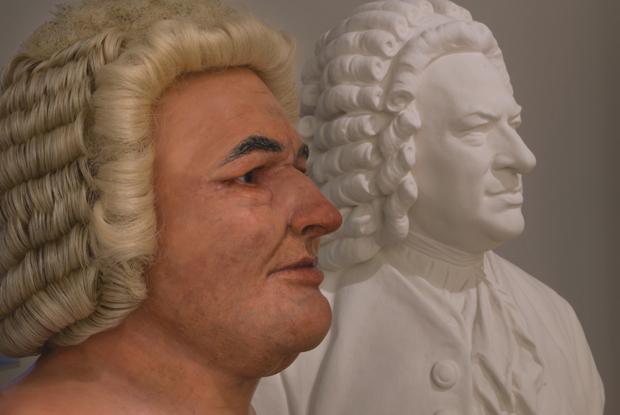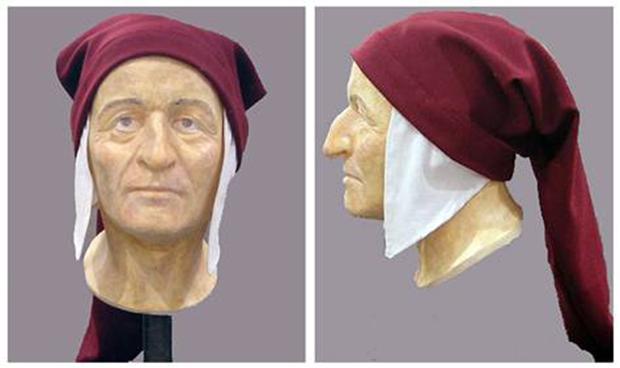Some famous people died such a long time ago, in the depth and darkness of history, that no one is really sure what they look like. Paintings made in later years were based on imagination, or at best on certain sculptures and bust.
While we’ll never really know how King Tut or William Shakespeare looked like, with the use of forensic facial reconstruction, using scans of skeletal remains, we get a pretty convincing 3-D picture of how some of these historical figures might have looked like.
King Tut
Probably the most famous of the Egyptian kings, had buckteeth, a receding chin, and a slim nose, according to 3D renderings of his mummy. His weird skull shape is just within range of normal and was probably genetic—his father, Akhenaten, had a similarly shaped head.
Queen Nefertiti
It’s never a certainy with Egyptian kings and queens, but according to archeologist Joann Fletcher a mummy found in a sealed crypt may be the queen and the real deal. Two British forensic experts worked blind and came up with the above rendering without knowing whose skull it was. It bears a strong resemblance to the famous bust of the queen.
The Real Santa Claus
The remains of St. Nicholas, i.e. Santa Claus, have been in a church in Bari, Italy since they were stolen from Turkey in 1087. St. Nicholas had a small body (he was only 5’6) and a huge, masculine head, with a square jaw and strong muscles in the neck. He also had a broken nose, like someone had beaten him up.
Richard III
Not too long ago the skeleton of Richard III was found below a parking lot in Leicester, England, where in 1485 he was hurriedly buried after dying in battle. One interesting thing that came up from the findings – the skeleton had a curved spine from scoliosis, suggesting that Richard’s humpback may have been real.
William Shakespeare
This rendering, taken from a death mask found in Germany, isn’t necessarily the exact copy of how the great playwright of all time looked like. Simply not enough information on the looks of Shakespeare exists, although what really matters are the words that he put down on the paper.
Copernicus
Nicolaus Copernicus died in 1543 at age 70. His body was found in a Polish church and confirmed by matching DNA to strands of his hair left in a book. He had a broken nose and a scar above his left eye.
King Henry IV
For years, the head of King Henry IV of France was thought to be lost, until it showed up in a tax collector’s attic in mummified form. He was murdered by Catholic Fundumentalists in 1610, and looks a bit older than his 56 years.
Johann Sebastian Bach
this reconstruction of his face, which was taken from a bronze cast of his skull, seems a little bit lifeless when compared with the bust that has sat on innumerable pianos for centuries.
Dante Alighieri
Most depictions of Dante, probably because of the subjects he wrote about, aren’t very flattering. But it seems that he wasn’t such a bad looking man, having a lot more pleasant and rounder features in real life.
(Via: mentalfloss)

